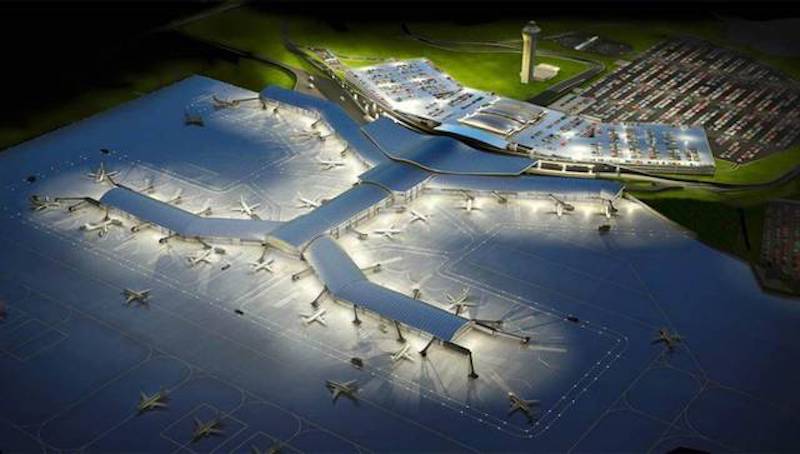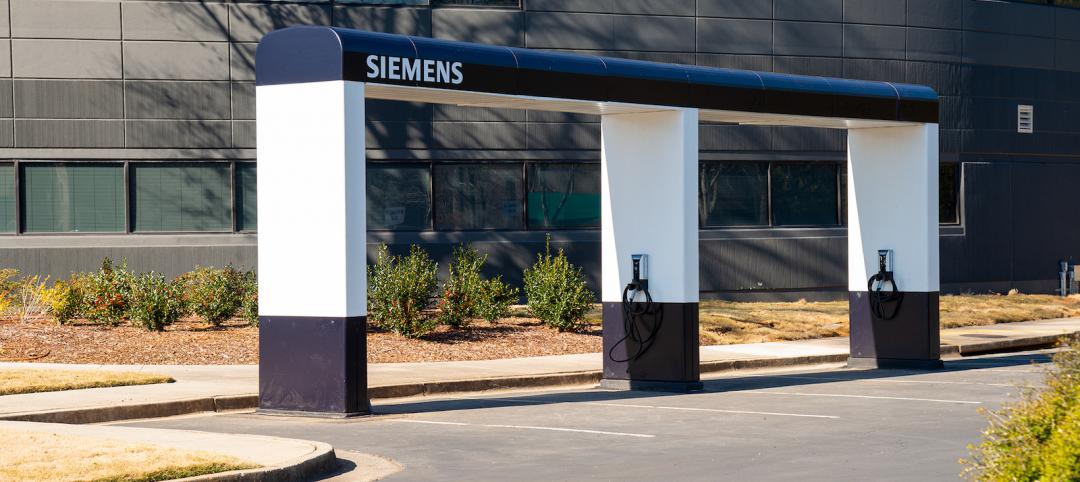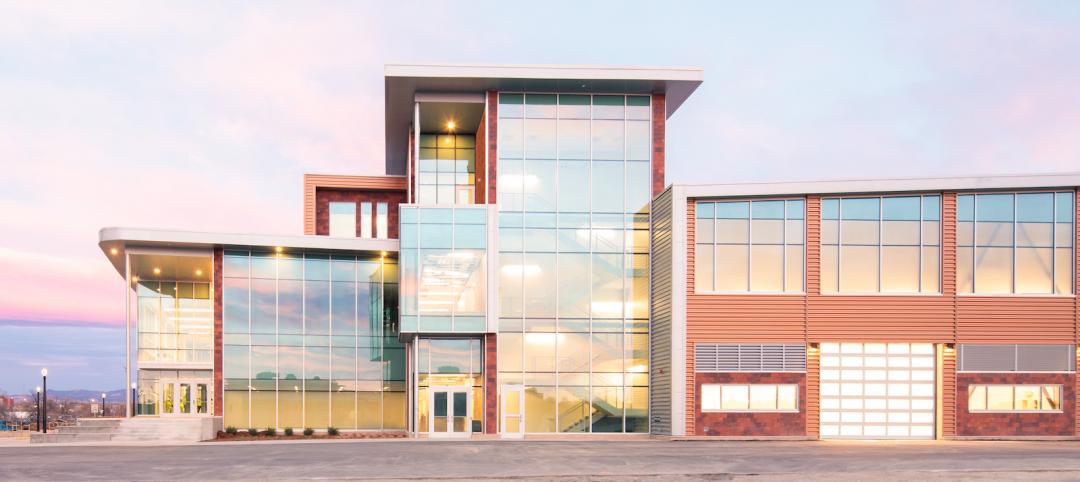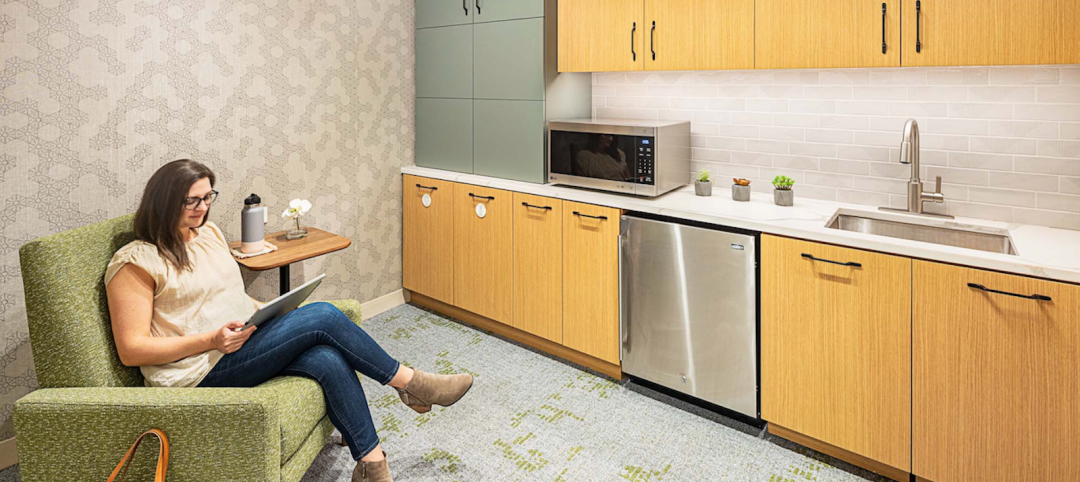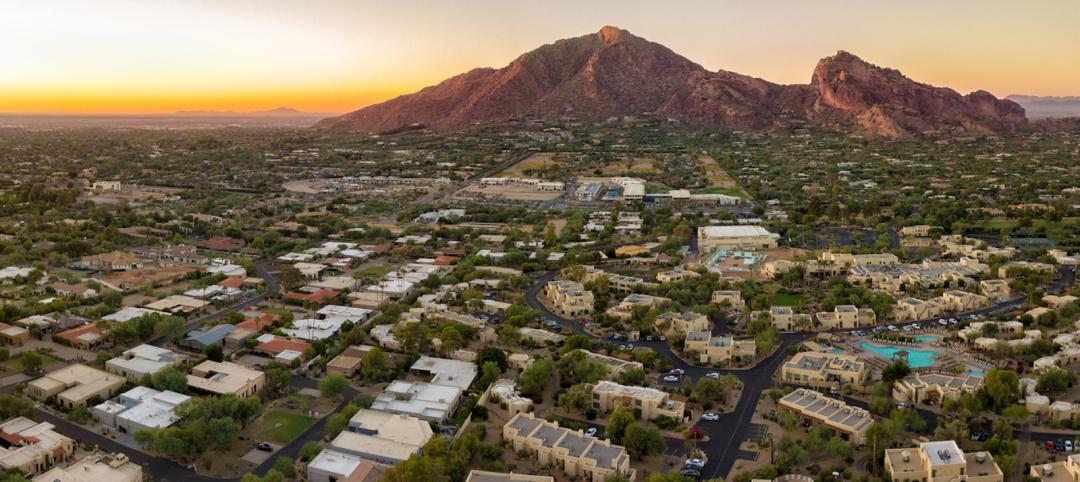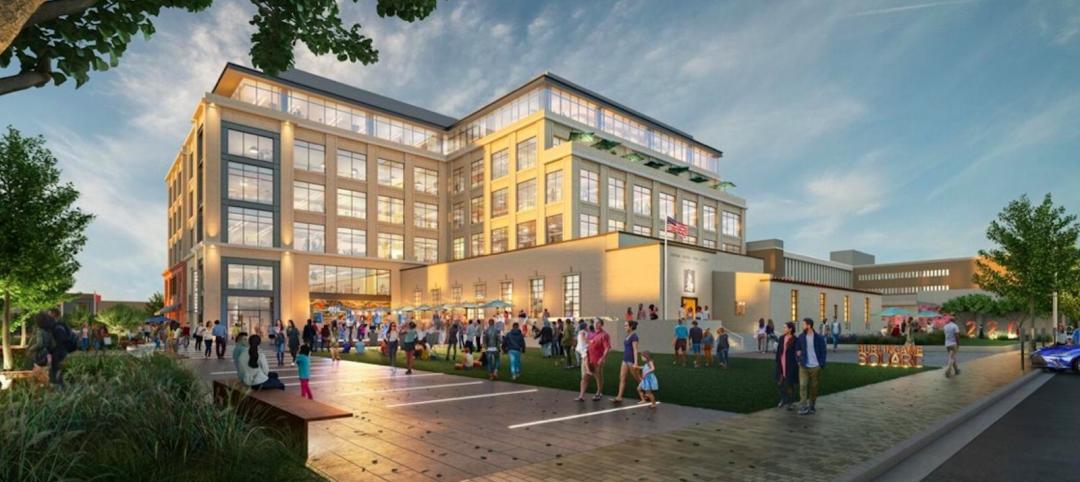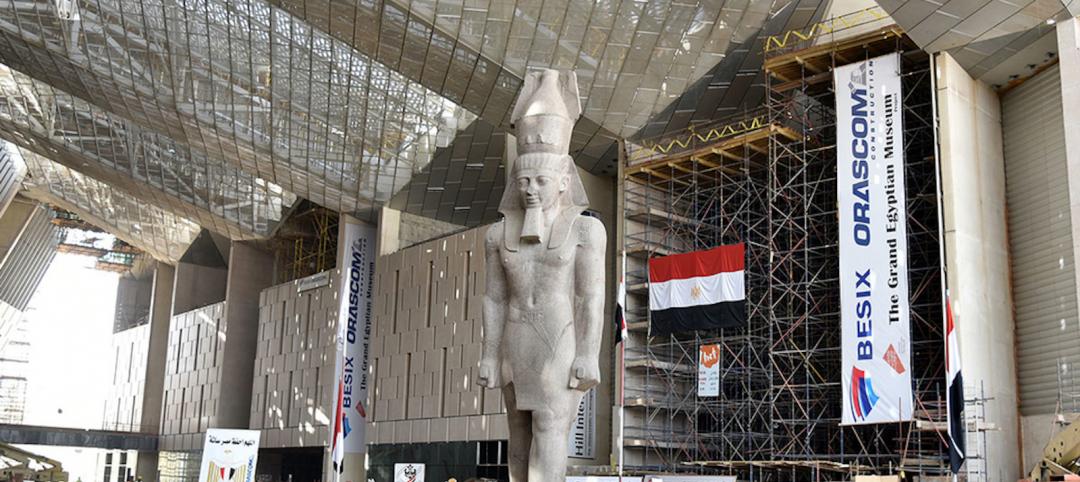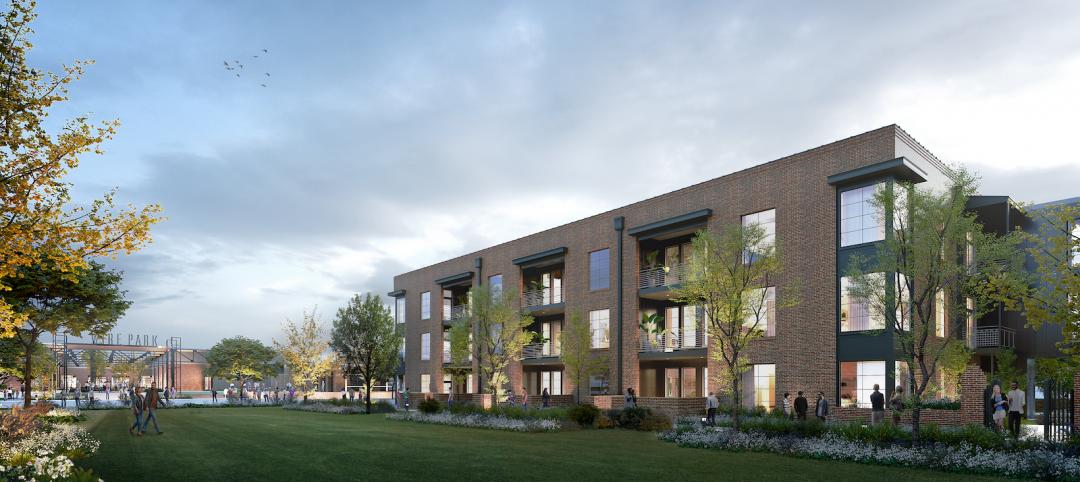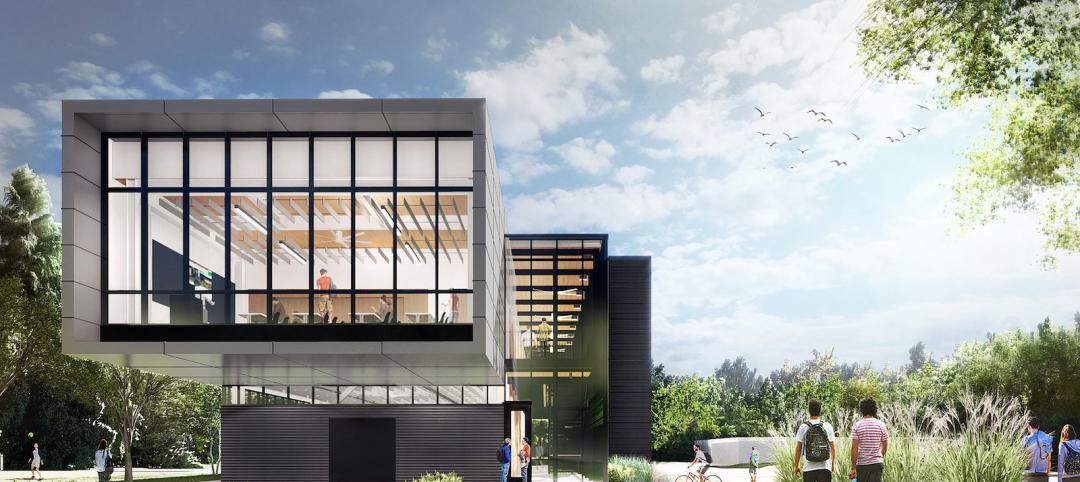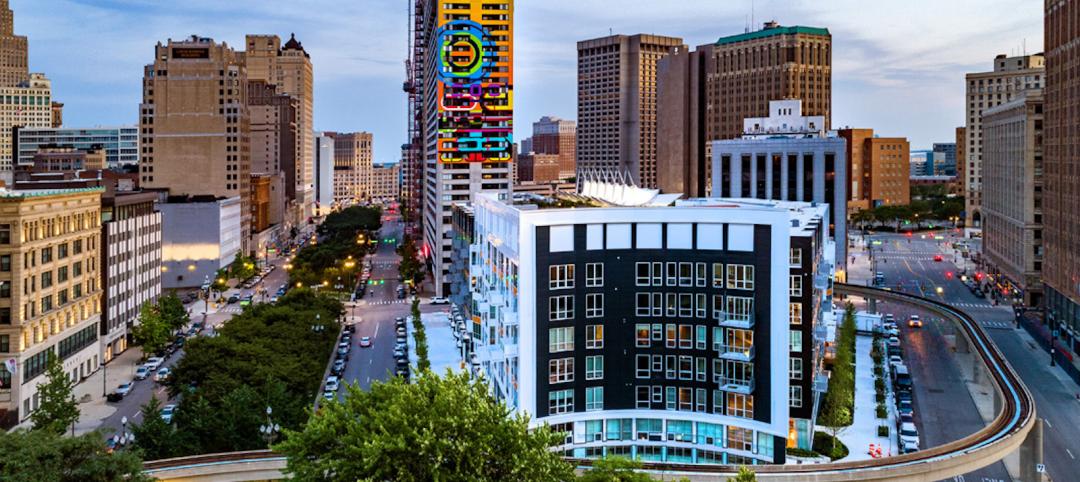America’s crumbling infrastructure might finally be getting the attention and funding it needs. But how best to rebuild that infrastructure, and who will pay for it, are shaping up to be contentious debates among the country’s two political parties and its newly elected president, who has identified infrastructure building as one of his administration’s priorities, and has singled out 50 projects that could receive immediate funding boosts.
President Trump’s team has provided the National Governors Association with a list of 50 “Emergency & National Security” infrastructure projects across the country that are in various stages of engineering, permitting and funding. The document, which the Kansas City Star and other news outlets have obtained and published, estimates that at least half of the $137.5 billion in total investment for those projects would be paid for by private investors. The document estimates that the projects would create 193,350 direct jobs and 241,700 indirect jobs over an indeterminate period of years.
Not surprisingly, Trump favors projects that are upgrading or rebuilding roads, bridges, rail- and waterways, and hydro plants. (At least six projects identified in the document are upgrades of existing systems of locks and dams.) A number of projects, such as the M1-Rail in Detroit and the Second Avenue Subway in New York, are already pretty far along in their engineering, permitting, and financing.
Energy projects are prioritized, too, such as $5 billion for the Chokecherry and Sierra Madre wind farm in Wyoming, and between $4.5 billion and $5 billion for the Atlantic Coast Pipeline that serves multiple utilities in Virginia and North Carolina.
A number of nonresidential construction and reconstruction projects are on the list, including the modernization of Union Station in Washington D.C., an $8.7 billion public-private project that, according to the document, would serve as a model for other multimodal terminals around the country. (The Chicago Union Station Redevelopment would get $1 billion, according to the document.)
Another $972 million would be allocated for a new centralized terminal replacing Terminal A at Kansas City Airport, for which Southwest and other airlines have already committed nearly $1 billion. One billion dollars would go toward expanding Seattle’s Airport. And $1.8 billion would support the St. Louis Airport Commission’s recent approval of a major development project at Lambert-St. Louis International Airport.
This document became public as President Trump, through executive orders, was moving to restart the construction of the Keystone XL Pipeline and the Dakota Access Pipeline, which President Obama halted over environmental concerns.
Another executive order directs federal resources toward building a massive wall along the 1,954-mile U.S.-Mexico border. The Government Accountability Office estimates that a single-layer fence would cost $6.5 million per mile, plus another $4.2 million per mile for supporting roads and fencing. CNN, quoting estimates by civil engineers and architects, reports that a wall made from precast cement panels and reinforced steel supports (not unlike the sound barriers along highways), 20 feet high and five feet below ground, could cost $10 billion and take most of Trump’s first term to complete.
Trump has insisted, both on the campaign trail and in office, that Mexico would pay for this wall. The New York Times this morning reports that Team Trump is considering plans that would divert foreign aid to Mexico toward paying for the wall construction.
Trump contends that the infrastructure spending proposed in the document released to the governors association, which would be primarily in the form of tax credits to investors, would “unlock” $1 trillion in private-sector spending.
Indeed, who pays, and which infrastructure projects get precedence, will be hot topics going forward. The Democrats have unveiled a $1 trillion proposal that relies heavily on new government spending, and is projected to create 15 million jobs over 10 years. Reuters reports that the Senate Democrats’ plan includes $210 billion to rebuild roads and bridges, $110 billion for water and sewage projects, $180 billion for rail and bus systems, and $75 billion to rebuild schools.
That plan has already been rejected by Senate Majority Leader Mitch McConnell, who led the opposition against President Obama’s 2009 economic stimulus legislation that included funding for infrastructure rebuilding. House Speaker Paul Ryan (R-Wis.) is on record saying that any infrastructure plan should have $40 of private-sector spending for every $1 of public spending.
On the other hand, Sen. Chuck Schumer (D-NY), the Senate Democratic leader, has stated that his party can’t accept the tax-credit scheme that Trump has proposed for infrastructure rebuilding, which he characterized as “tax credits for developers.”
Related Stories
Projects | Mar 8, 2022
A scalable EV charging solution
Resembling a fueling station, VersiCharge XL—a new electric vehicle (EV) charging concept structure—can charge large numbers of EVs in outdoor areas ranging from small office building parking lots to last-mile logistics hubs to stadium parking lots.
University Buildings | Mar 7, 2022
A new facility can offer thousands of equine therapy sessions a year
At its new Spur campus in Denver, Colorado State University (CSU) will bring its expertise to the public by offering free educational experiences to visitors of all ages. Spur’s three buildings—Hydro, Terra, and Vida—will focus, respectively, on water, earth, and life.
Projects | Mar 7, 2022
An Atlanta office promotes employee well-being
For its new Atlanta office, New Relic, a California-based technology company that develops cloud-based software, wanted to keep employee health and wellness at the fore. It also wanted the workspace design to bolster productivity as well as employee engagement and retention.
Projects | Mar 4, 2022
Buro Happold tapped for Tucson’s Climate Action and Adaptation Plan
The winning proposal from Buro Happold combines establishing climate solutions, while involving the communities in effect.
Projects | Mar 3, 2022
Move, lift, restore: Repurposing a former post office near San Francisco
In mid-February, a construction crew began lifting a 1940s post office building located in Burlingame, Calif., on the San Francisco Peninsula.
Projects | Mar 2, 2022
Construction nears completion on $1B Grand Egyptian Museum in Cairo
At an estimated budget of $1 billion, the Grand Egyptian Museum (GEM) is considered the largest museum in the world dedicated to one civilization. The superlatives don’t end there: It’s also the largest museum in Egypt, the largest Pharaonic museum in the world, and one of the world’s leading scientific, historical, and archeological study centers.
Projects | Mar 2, 2022
Manufacturing plant gets second life as a mixed-use development
Wire Park, a mixed-use development being built near Athens, Ga., will feature 130 residential units plus 225,000 square feet of commercial, office, and retail space. About an hour east of downtown Atlanta, the 66-acre development also will boast expansive public greenspace.
Higher Education | Mar 1, 2022
SRG Partnership designs a nautically inspired space for maritime science
A community college in Oregon has begun construction on a new building devoted to maritime science. With it, the school hopes to solidify its position as a major industrial and marine technology center in the Pacific Northwest.
Multifamily Housing | Feb 24, 2022
First new, mixed-use high-rise in Detroit’s central business district in nearly 30 years opens
City Club Apartments completed two multifamily projects in 2021 in downtown Detroit including the first new, mixed-use high-rise in Detroit’s central business district in nearly 30 years.
Office Buildings | Feb 23, 2022
The Beam on Farmer, Arizona’s first mass timber, multi-story office building tops out
The Beam on Farmer, Arizona’s first mass timber, multi-story office building, topped out on Feb. 10, 2022.


